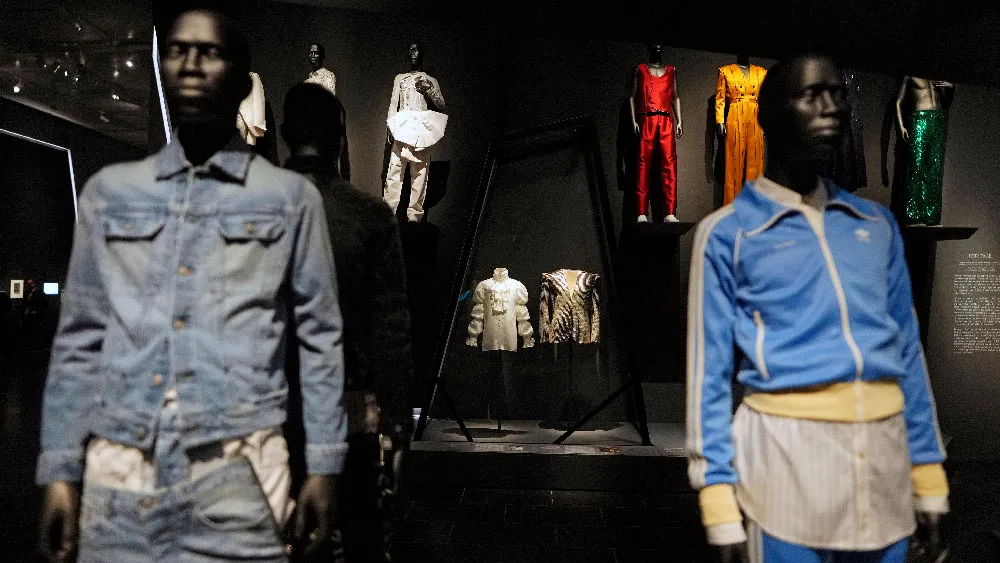July 12, 2013
Two More Cured of HIV From Stem-Cell Transplants
Winnie McCroy READ TIME: 5 MIN.
On July 3, amfAR grantee Dr. Timothy Henrich announced that two additional HIV-positive patients have seemingly been cured of HIV after undergoing stem-cell transplants. With the addition of the Berlin patient, Timothy Ray Brown, this makes three cured of HIV, and opens up a world of promise about future treatments for the virus.
"Dr. Henrich is charting new territory in HIV eradication research," said amfAR Vice President and Director of Research Dr. Rowena Johnston in a recent interview. "Whatever the outcome, we will have learned more about what it will take to cure HIV. We believe amfAR's continued investments in HIV cure-based research are beginning to show real results and will ultimately lead us to a cure in our lifetime."
amfAR grantee Dr. Timothy Henrich announced his findings at the 7th annual International AIDS Society Conference on HIV Pathogenesis, Treatment and Prevention in Kuala Lumpur, Malaysia. With the funding from amfAR, Henrich was able to conduct a clinical trial that used highly sophisticated assays to test the viral loads of the patients and confirm no detectable levels remained.
The patients had been on long-term antiretroviral therapy for HIV when they developed lymphoma. To treat the cancer, the patients underwent reduced intensity chemotherapy followed by stem-cell transplants. Since the transplants, Henrich has been unable to find any evidence of HIV infection. One patient has been off treatment with no detectable virus for approximately 15 weeks, and the second patient for seven weeks, with similar results. However, it is too soon to draw any definitive long-term conclusions.
Brown, the first person to be cured of HIV, also underwent a stem-cell transplant to treat his leukemia. But these new cases differ significantly in that the stem-cell donors lacked the genetic mutation (CCR5 delta32) that renders a person virtually resistant to HIV infection. Nor did Henrich's patients undergo the intensive chemotherapy or total body irradiation that preceded Brown's stem-cell transplant. But these new cases seem to indicate that any stem-cell transplant -- and not necessary just those from donors with the genetic mutation CCR5 delta32 -- serves to eradicate HIV from the body.
When the Brown case happened, it was quite unclear at the time how that cure came about. These new findings from Henrich are significant in that they allow researchers to identify some distinguishing factors that may have been key to curing Brown, said amfAR's Johnston.
"Overall, these two patients, and the Berlin patient, can tell us a lot about the barriers to a cure and how they might be overcome," said Johnston. "We will have an opportunity to learn how far the size of the reservoir needs to be reduced in order to bring about a cure. We will also learn a lot from these patients about the types of cells in which the virus persists, and for how long, and what it will take to eradicate HIV from those cells."
Doctors have been cautious to proclaim these two cases as a 'cure,' noting that it is unclear how long viral rebound might take in a patient whose viral reservoirs have been dramatically depleted, but not eradicated.
According to amfAR/ARCHE grantee Dr. Robert Siciliano of Johns Hopkins University, it may take more than a year. Previously a patient in a study by the National Institutes of Health had gone 50 days after treatment withdrawal without viral rebound. Henrich's patients are at or beyond this threshold, and more definitive answers will emerge as these patients continue to be closely monitored.
"It's still too soon to tell if these patients are definitely virus-free," said Johnston. "We also really don't know whether either or both will experience viral rebound, a relapse in their infection. Dr. Henrich will continue to use his amfAR funding to follow both patients very closely for another year or so. During that time we expect to gain a better sense of the long term outcomes."
Johnston said that while they currently forsee that curing people on a large scale through stem cell transplantation would pose many daunting challenges, gene therapy researchers are working on ways this might one day be possible.
"These findings clearly provide important new information that might well alter the current thinking about HIV and gene therapy," said amfAR CEO Kevin Robert Frost. "While stem-cell transplantation is not a viable option for people with HIV on a broad scale because of its costs and complexity, these new cases could lead us to new approaches to treating, and ultimately even eradicating, HIV."
Johnston explained that gene therapy researchers have long believed that a key element in the success of the Berlin patient case was the transplantation of stem cells that lacked CCR5, and have been working on methods to safely modify a patient's own stem cells to mimic that situation.
"If -- and this remains unknown until Dr. Henrich's patients have been followed for longer -- it is possible to cure HIV infection by transplanting cells without this mutation, the scientific community will be looking for other evidence that mutating CCR5, or any other gene, may also hold promise as a method to cure HIV," said Johnston.
amfAR is funding other studies involving gene therapy, including the recent work/ by Drs. Matthew Porteus of Stanford University and Sara Sawyer of the University of Texas at Austin, which suggests a safer and more potentially accessible approach to gene therapy by using a person's own genetically modified immune cells.
They compared the resistance of the modified cells to HIV under each combination of conditions; either with the destruction of CCR5 alone, or with the addition of one, two, or three anti-HIV genes. The authors state, "this strategy provides multiple parallel blocks to infection, dramatically limiting pathways for viral escape."
With the addition of each new factor, the resistance of the cells to infection increased.
The technique, which Porteus and his colleagues characterize as "stacking," mimics the cocktail of anti-HIV drugs used with highly active antiretroviral therapy (HAART), which is now the mainstay of HIV treatment. When all of the factors were present, it provided "virtually complete protection" against infection by the two major strains of HIV type 1, R5 and X4. The next step is to perform the same procedure not just in laboratory grown T cells, but also in a patient's own immune cells -- either T cells or, ultimately, stem cells.
For the latest information on these studies, visit www.amfar.org
Winnie McCroy is the Women on the EDGE Editor, HIV/Health Editor, and Assistant Entertainment Editor for EDGE Media Network, handling all women's news, HIV health stories and theater reviews throughout the U.S. She has contributed to other publications, including The Village Voice, Gay City News, Chelsea Now and The Advocate, and lives in Brooklyn, New York.






